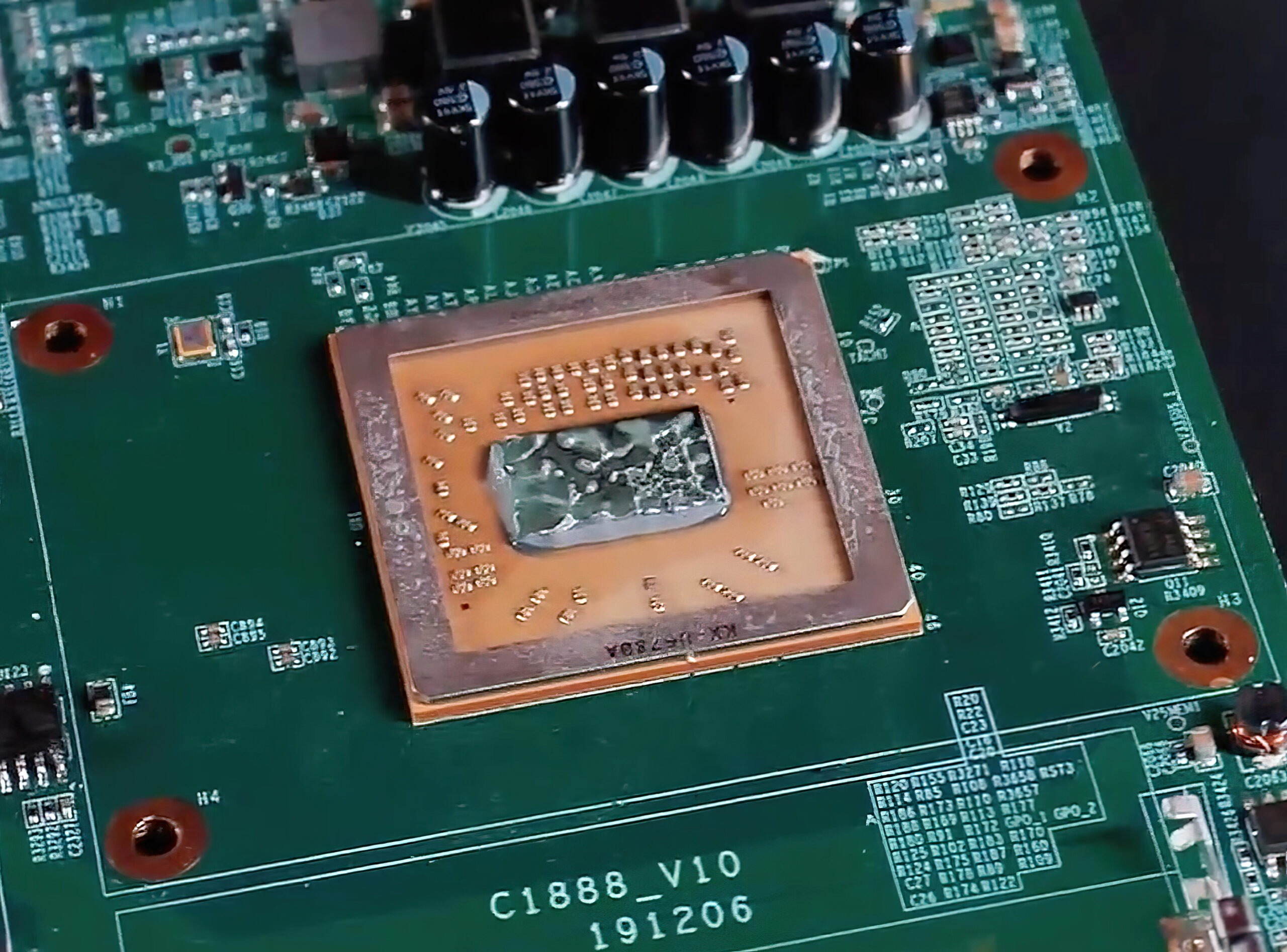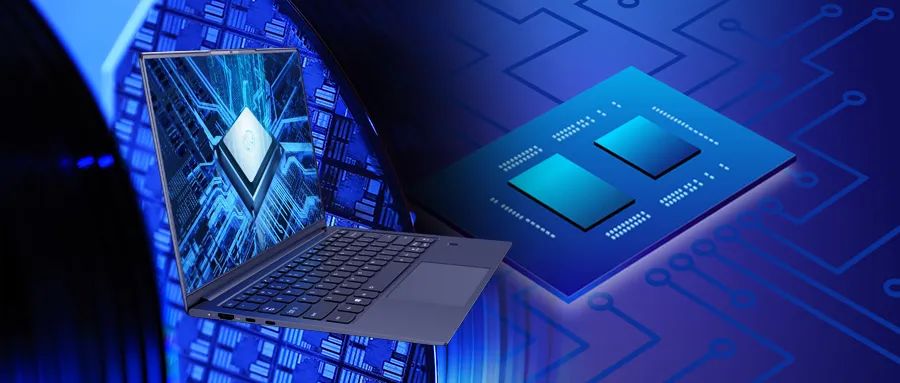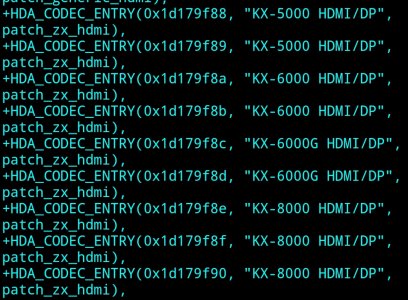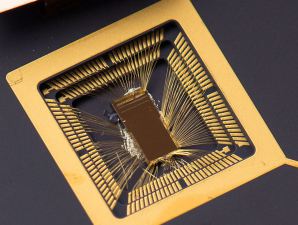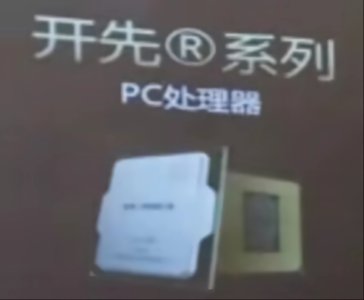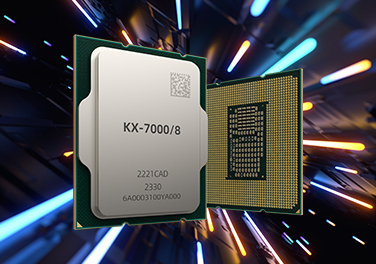Some Chinese OEMs I know have tested the KX-7000.
The Zhaoxin KaiXian KX-7000 processor is a complex SOC with various units and pipelines to handle different types of instructions.
Introduce KX-7000 architecture in here
Decoder Units:
- Four decoder units.(0,1,2,3)
- 1-uop instructions can be decoded by any of the four decoders in one cycle.
- 2-uop instructions can be decoded by decoder 0, decoder 1, or decoder 2 in one cycle.
- Complex (microcode) instructions can only be decoded by decoder 0.
Pipeline Structure:
- Ten pipelines in total: Integer execution pipelines (4), Address calculation/load/store pipelines (2), and Floating-point pipelines (4).
The KX-7000 looks like a lower-power version of the i7-6900K, or Zen+ with GPU.
The KX-7000 is an engineering sample (ES version) featuring eight cores and eight threads. The single-core frequency is 3.7 GHz, while the overall core frequency ranges from 3.0 to 3.6 GHz. It adopts a CCD and IOD separate configuration and utilizes an LGA packaging.
The eight cores are interconnected via a ring bus, and they share a 32MB L3 cache.
The I/O Die incorporates a GPU with DirectX 12 support, a modified version of the c1080. The video encoding and decoding performance has been enhanced. The processor supports dual-channel DDR5 memory and provides 16 PCIe 4.0 lanes, along with compatibility for USB4 interfaces.
In terms of performance, the CPU-Z single-core score is approximately 400, and the multi-core score is around 3000. The average power consumption falls within the range of 60-100 watts.
View attachment 89489
View attachment 89490


